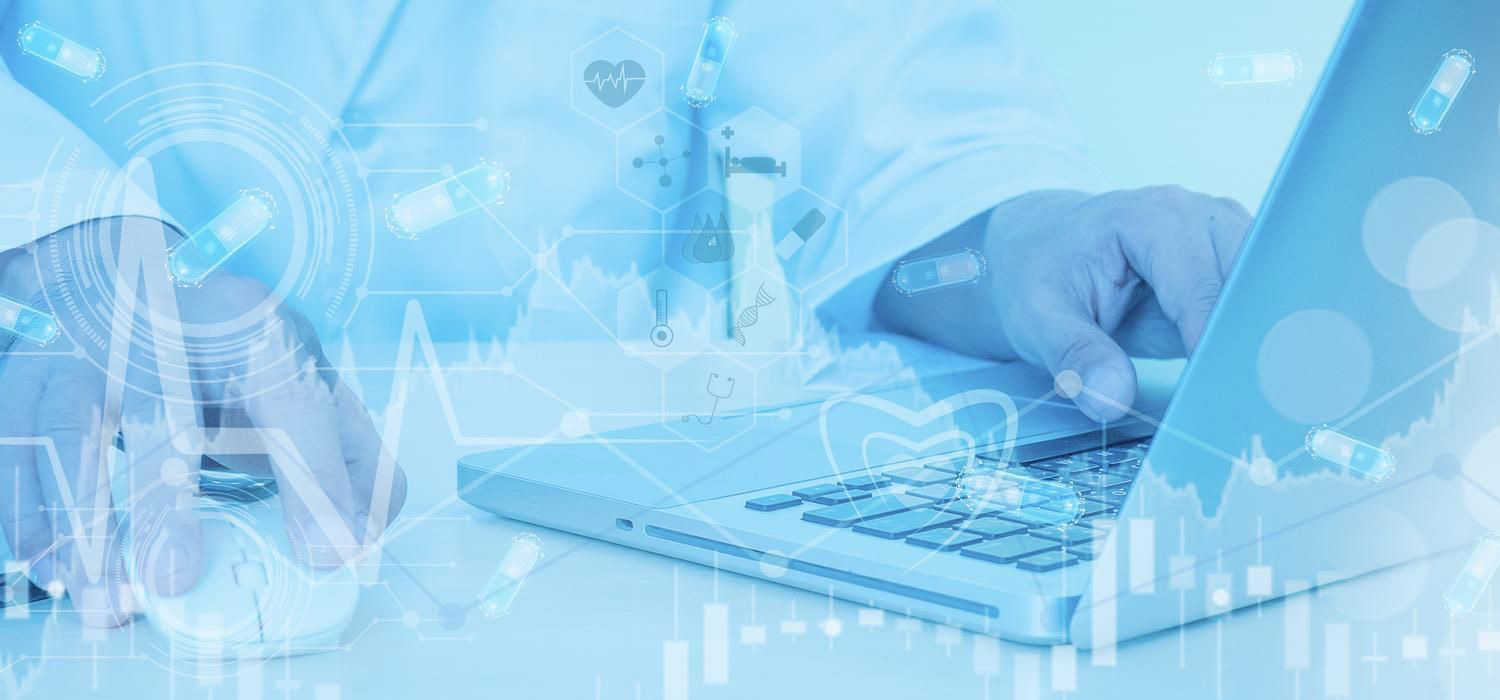DataSync Tailored Solutions for Hospital
Healthcare service providers are actively advancing technological innovation to achieve more personalized services through simple touch-screen operations. The realization of this vision relies on the continuous enhancement and optimization of IT infrastructure in the healthcare industry. However, with accelerating digitalization, the healthcare sector faces increasingly complex challenges, including surging data volumes, the need for system integration, data security requirements, and ensuring system stability and efficiency under heavy workloads.

Important Trends in Healthcare
The expansion of telemedicine is gradually being explored and applied
The rise of telemedicine is transforming patient care services by enabling remote consultations and diagnostics, improving healthcare accessibility. With technological advancements, telemedicine platforms are increasingly integrated with hospitals, offering continuous monitoring, instant communication, and quicker access to medical professionals. This trend is impacting rural and non-urban areas, improving the distribution and accessibility of healthcare resources.
Massive amounts of medical data will be collected and interacted with, and applied to the patient's treatment process
In the healthcare industry, digitalization of equipment and information synchronization are becoming increasingly important, covering patient personal data, doctors' diagnostic histories, interdisciplinary medical information, and more. Through data interaction and sharing, healthcare professionals can access comprehensive patient information in real time, improving diagnostic efficiency and accuracy. With technological advancements, the flow of information has become smoother, enhancing the quality of healthcare services and having a profound impact on patient care and medical decision-making.
Medical digitalization helps the operation and development of social systems
Synchronization between social security, health insurance, companies, hospitals, and insurance companies has become a key component of modern healthcare systems. Through digital technology, diagnostic fees and other costs can be directly paid and deducted, ensuring smooth information flow among all parties. Medical digitization improves healthcare efficiency, simplifies the operation of the social security system, reduces human intervention and errors, and enhances the transparency and accessibility of social healthcare services.
Key Challenges in Healthcare Sector
The medical industry has higher redundancy design requirements and security standards
IT equipment failures in healthcare can lead to serious consequences, disrupting diagnosis and treatment, and even endangering patients' lives. Therefore, healthcare systems must rely on reliable infrastructure and well-designed data centers. This raises higher industry standards for power reliability and redundancy in information equipment to ensure continuous operation and data security in emergency situations.
Data security of patient information will effectively combat criminal activities such as fraud and harassment
The challenges of healthcare digitalization primarily lie in device security and the protection of patient medical data. Patient data and insurance accounts must be securely encrypted, or they may become targets of targeted fraud, leading to data breaches, financial losses, and severely impacting patient privacy and trust.
Healthcare devices in complex environments require stable and secure interactive links based on smart devices
Seamless connectivity is crucial in complex healthcare environments. Continuous data flow between various systems, including patient monitoring devices, medical imaging, and hospital management software, is essential. Ensuring seamless and secure connections between all components within intelligent rack systems is fundamental. Interruptions in data transmission can severely affect patient care, leading to serious consequences, making it critical to maintain efficient and reliable connections and data flow in healthcare services.
